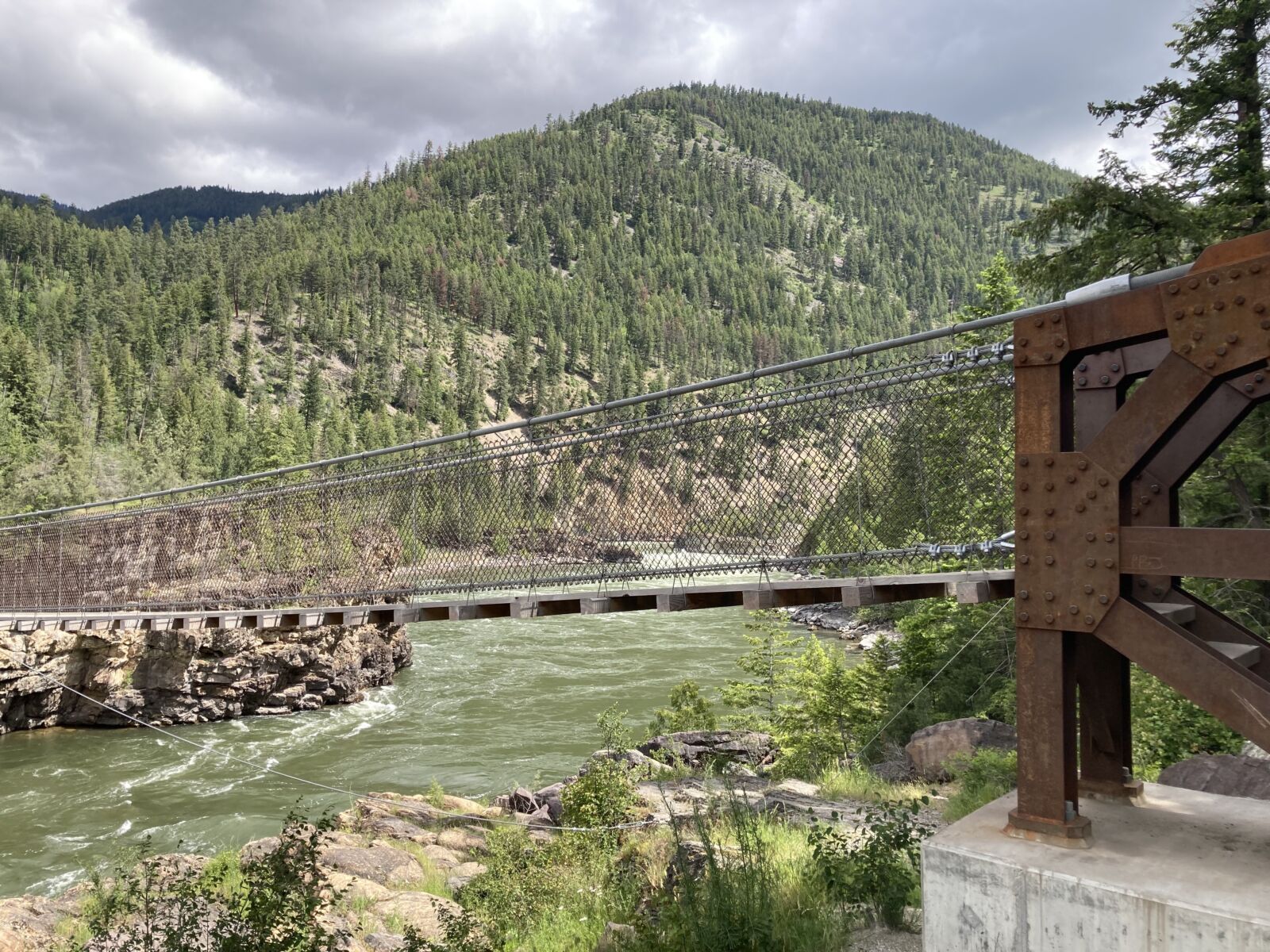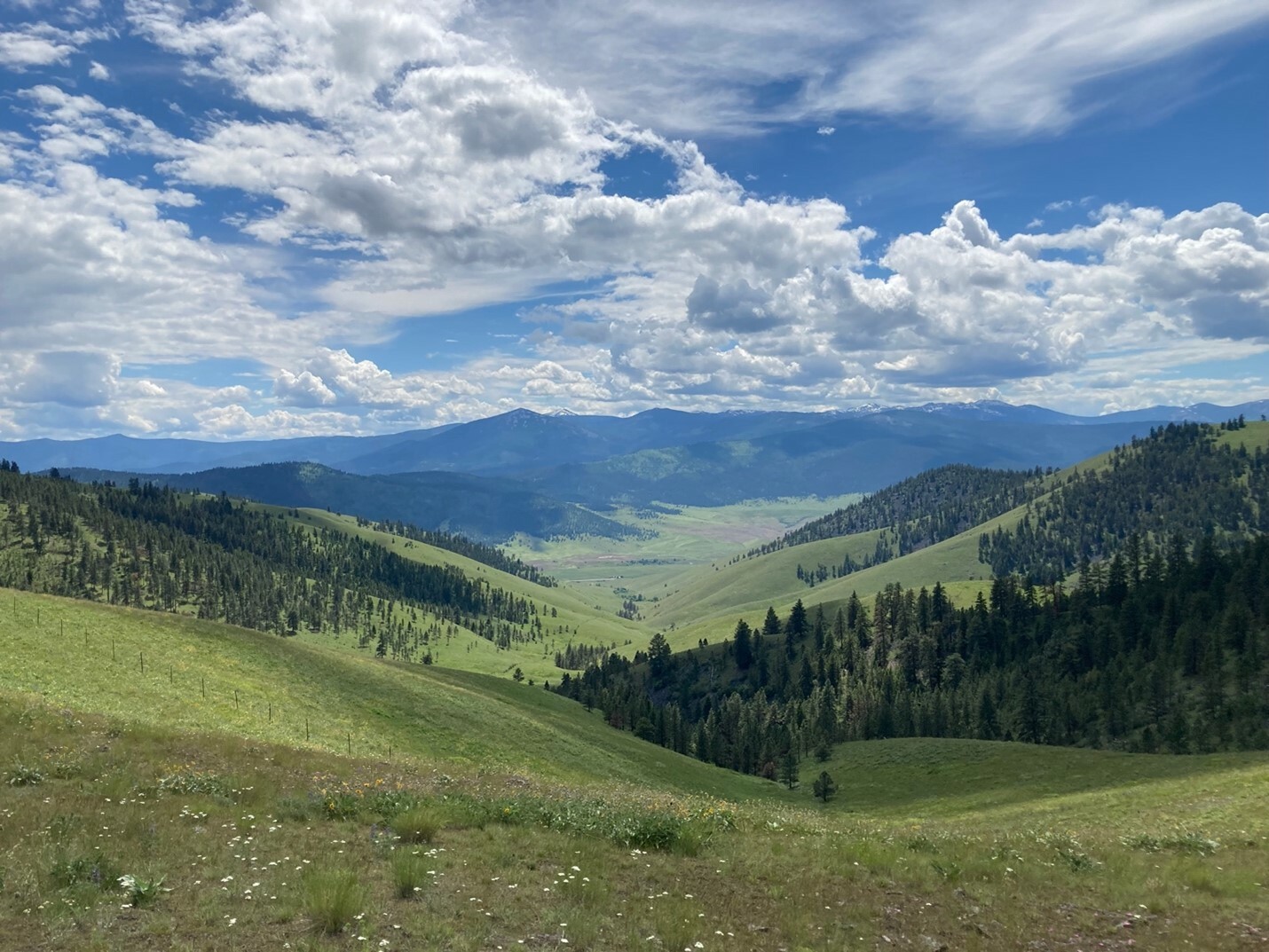This summer I was selected as a Conservation Connect Fellow with the National Forest Foundation (NFF), with a practicum focusing on cross-boundary management of forested lands. It was a fulfilling experience that expanded my knowledge of the U.S. Forest Service and the National Forest System (NFS) and strengthened my skills as a facilitator. This fellowship provided me with opportunities to be flexible, engaging, and reasoned when interacting with multiple stakeholders, skills needed to become a public lands manager.
Before this fellowship I worked seven years with the Appalachian Trail Conservancy (ATC), primarily in education and interpretation roles. After my time with ATC, I returned to graduate school at Indiana University with the goal of gaining a more analytical and legal-minded skillset and expanding my network to help support my professional growth. I am pursuing a Master of Public Affairs and concentrating in Environmental Policy and Natural Resources Management.
My interest in environmental laws and land policies factored into my decision to apply for this fellowship. I knew my background working with multiple stakeholders and partners with the ATC would complement the mission of NFF and expand my understanding of large-landscape management.
My fellowship is funded by the Montana Department of Natural Resources and Conservation (DNRC) and supports cross-boundary approaches to forest management in Montana and nationally. I spent most of my summer supporting the Montana Forest Action Council (MFAC), which is made up of a group of statewide stakeholders. The goal of MFAC is to implement the Montana Forest Action Plan by addressing large landscape issues, including increased forest resiliency and health and reducing wildfire risk across boundaries.

Kootenai Falls Suspension Bridge, Kootenai National Forest, Montana.
Throughout my summer practicum, I facilitated monthly meetings for MFAC and multiple breakout room discussions for three national wildfire strategy roundtables hosted by NFF. While facilitating MFAC calls, it was agreed that the Infrastructure Investment & Jobs Act has created a different financial landscape in 2022 than the past two years.
Responding to this new climate, agency leaders from the Bureau of Land Management, U.S. Forest Service, DNRC, and Natural Resources and Conservation Service communicated the need to establish cross-boundary coordinating groups (CBCGs) throughout the state of Montana. They encouraged their staff to form six CBCGs, one for each of the six DNRC regions in Montana. CBCGs are like MFAC in that they are made up of multiple stakeholders, but on a regional scale. As the groups are currently forming, they are charged with the mission of collectively identifying the top three cross-boundary landscape projects that support the goals of the Montana Forest Action Plan.
I helped develop the concepts and plans for these six in-person CBCG meetings by facilitating weekly calls with a state-level multi-agency coordinating team providing feedback on the draft letter of intent, and creating the meeting agenda template for all six meetings.
In addition to facilitating and planning multiple meetings, I was asked by the Forest Service to write a case study on the Wyden Authority. The Wyden Authority is a cross-boundary federal tool that allows the Forest Service to spend funds on adjacent lands if there is a direct benefit to the local NFS unit. I interviewed three Forest Service staff based in Region 1, collected information, and compiled it into a helpful and easy-to-read resource for the Forest Service and partners alike.

The National Bison Range, managed by the Confederated Salish & Kootenai Tribe within the Flathead Reservation in Montana.
Last, I have one final opportunity to facilitate an interactive meeting specially curated for the other Conservation Connect Fellows. Thanks to the three-day intensive facilitator training we received as fellows in June, I feel confident in my ability to create and execute an engaging virtual presentation distinguishing the National Forest Management Act from the National Environmental Policy Act.
Looking back, I grew leaps and bounds thanks to the Conservation Connect Fellowship. I gained proficiency in federal tools and authorities used in cross-boundary projects such as the Collaborate Forest Landscape Restoration Program, Joint Chiefs, Shared Stewardship, Wyden Authority, and Good Neighbor Authority. I expanded my professional network and feel certain that I have helped set NFF and MFAC up for success as they continue work to implement the Montana Forest Action Plan further protecting public lands.
Chloë de Camara is a 2022 Conservation Connect Fellow pursuing a Master of Public Affairs with a concentration in Environmental Policy and Natural Resources Management from the O'Neill School of Public and Environmental Affairs at Indiana University. She hopes to one day work for the USDA Forest Service in either the International Office or in a role that allows her to work with a variety of external stakeholders on large landscape issues.
All photos by Chloë de Camara.
--------
Bringing people together has always been a superpower of the NFF. But we can’t do it without our supporters, and that includes you. Please consider making an unrestricted gift today so we can provide the absolute best collaborative services tomorrow. Simply click here. We – and all our partners – thank you!

